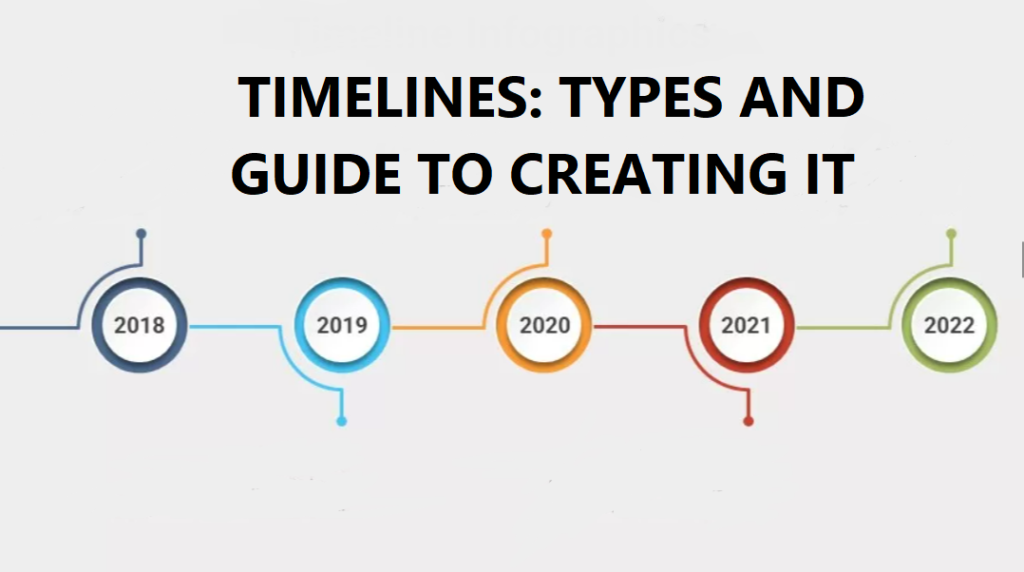In today’s professional world, the ability to deliver a compelling presentation is a valuable skill that can set you apart from the crowd. Whether you’re presenting to colleagues, clients, or an audience, a well-crafted and engaging presentation can captivate attention, convey your message effectively, and leave a lasting impression. In this guide, we will explore the key elements and techniques that can help you create and deliver a truly outstanding presentation.
Define Your Objective:
Before diving into the content creation process, clarify the purpose of your presentation. Ask yourself: What do I want to achieve? Are you trying to inform, persuade, motivate, or inspire? Having a clear objective will guide your content selection, structure, and delivery style.
Know Your Audience:
Understanding your audience is essential for tailoring your presentation to their needs, interests, and expectations. Research their background, knowledge level, and potential preferences to customize your content accordingly. This will help you connect with your audience on a deeper level and make your presentation more relevant and relatable.
Plan Your Content:
Organize your presentation into a logical structure that flows smoothly. Consider using a clear introduction to grab attention, a well-structured main body to convey your key points, and a compelling conclusion to leave a lasting impact. Break down complex concepts into smaller, digestible chunks, and support your ideas with relevant examples, statistics, or visuals to enhance understanding and engagement.
Engaging Visuals:
Utilize visuals effectively to complement your spoken words. Choose high-quality images, graphs, charts, or videos that enhance your message and make it easier to understand. Use clear and concise bullet points or short phrases instead of lengthy paragraphs to keep the focus on your delivery rather than overwhelming your audience with text.
Storytelling Techniques:
People connect with stories, so incorporate narrative elements to make your presentation more memorable. Start with an engaging anecdote, use storytelling to illustrate key points, and create a compelling arc that keeps your audience engaged from start to finish. Be authentic and inject your personality into the presentation to build a genuine connection with your listeners.
Engage Your Audience:
Encourage audience participation and engagement throughout your presentation. Incorporate interactive elements such as questions, polls, or brief activities to involve your listeners actively. This interaction fosters a sense of involvement and makes your presentation more dynamic and impactful.
Practice and Timing:
Rehearse your presentation template multiple times to ensure smooth delivery. Pay attention to your body language, vocal tone, and pacing. Practice with a timer to stay within your allotted time, ensuring that your content is concise and focused. Consider recording yourself or seeking feedback from a trusted colleague to refine your delivery and identify areas for improvement.
Visualize and Use Props:
Utilize visual aids, props, or demonstrations to enhance the understanding and retention of your key points. Visualizing concepts or physically demonstrating ideas can have a powerful impact on audience comprehension and engagement. However, be mindful of not overusing props, as they should support your message rather than distract from it.
Engage with Q&A:
Leave room for a question and answer session at the end of your presentation. Be prepared to address inquiries, provide clarifications, and offer additional insights. This interaction allows you to further connect with your audience, demonstrate your expertise, and ensure a comprehensive understanding of your topic.
Evaluate and Seek Feedback:
After delivering your best presentation, take time to reflect on your performance. Assess what went well and identify areas for improvement. Consider seeking feedback from trusted individuals or utilizing evaluation forms to gain valuable insights for future presentations.
Mastering the art of delivering impactful presentations requires careful planning, engaging content, and confident delivery. By understanding your objective, knowing your audience, utilizing visuals effectively, incorporating storytelling techniques, and engaging your listeners, you can create presentations that leave a lasting impression. With practice, refinement, and continuous improvement, you can become a skilled presenter who captivates and inspires others with every presentation you deliver.





